Having rain almost everyday -
Can trees get too much rain?
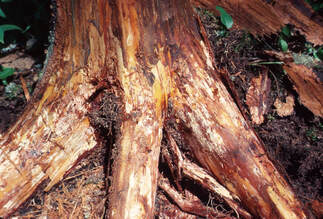 Rotten tree root.
Rotten tree root. Well, for one thing, what about the trees? If you have tall trees near your house, you may have to worry about one or some of them coming down in high winds. (see post of October 2018 for more info). Trees need a lot of water and drink the rain up with their roots. But they need oxygen as well, and if a tree’s roots are chronically saturated with water, the lack of oxygen will weaken the root system. The anaerobic (lack of oxygen) nature of saturated soil can also promote the growth of root eating fungi like armillaria and phytophothera. If fungi weaken the roots, the tree is more likely to topple. It is probably a good idea to examine your trees now to assess whether they might pose a threat or not. To identify various tree diseases, you can go to https://extension.psu.edu/tree-diseases-that-create-hazards. If you aren’t sure but see obvious signs of disease, asking an arborist for an evaluation is a good idea.
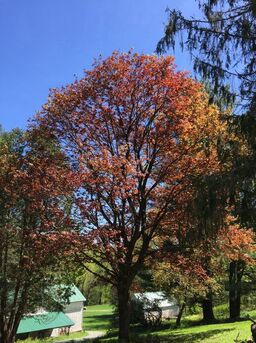 The wind can easily blow through the canopy.
The wind can easily blow through the canopy. 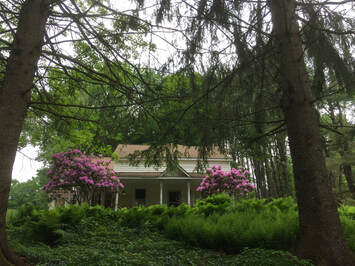
Our house is surrounded by a lot of trees, and in the evening you can feel the moisture building. An acre of forest can have over 1,000 acres of leaf surface area. All this moisture being exhaled by trees every day, is critical to our environment. Isotope studies have shown that water evaporated from the oceans by the sun, rarely falls on land as rain past 150 miles from the coast line. So the rains that nourish us beyond that, mostly come from the moist exhalation of trees. Indeed, about 95 percent of the rain inland comes from the exhalations of trees.
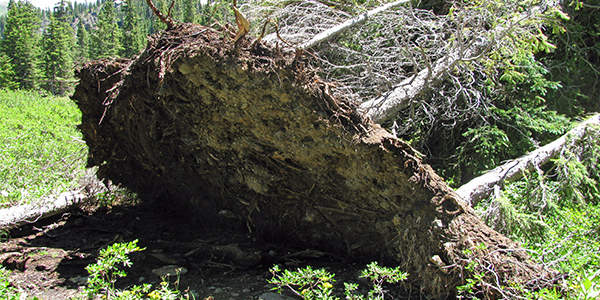
So, having a lot of rain can be good or bad.
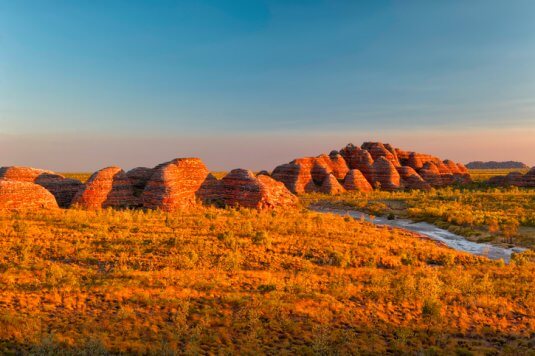 Australian desert
Australian desert Australia’s European settlers, clear cut so many trees, that the continent’s increasing desertification may be irreversible. No matter where you go on the planet, from the Amazon rain forest to Africa, clear cutting forests for agriculture, etc, leads to desertification of the land down stream from the prevailing winds. Without the moisture exhaled by the trees, the land changes.
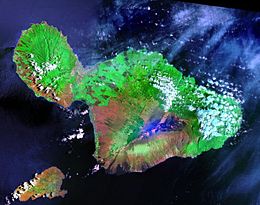 Image of Maui by Landsat satellite. The small island to the southwest is the unpopulated island of Kahoolawe.
Image of Maui by Landsat satellite. The small island to the southwest is the unpopulated island of Kahoolawe. Kahoolawe is low and relatively flat. So there is not enough lift created for the prevailing northeasterly trade winds to create rain from the surrounding ocean. (This is known as orographic precipitation, and occurs when a moving air mass is forced upwards by rising terrain- Maui’s volcanic slopes. It cools down with rising altitudes, humidity increases and rain can be generated downstream of the winds.) Without Maui’s forests, Kahoolawe- seven miles away over the ocean, was starved of moisture and is now mostly desert, despite being surrounded on all sides by water!
There is a lesson in this.
So keep the trees,
just make sure they stay healthy.
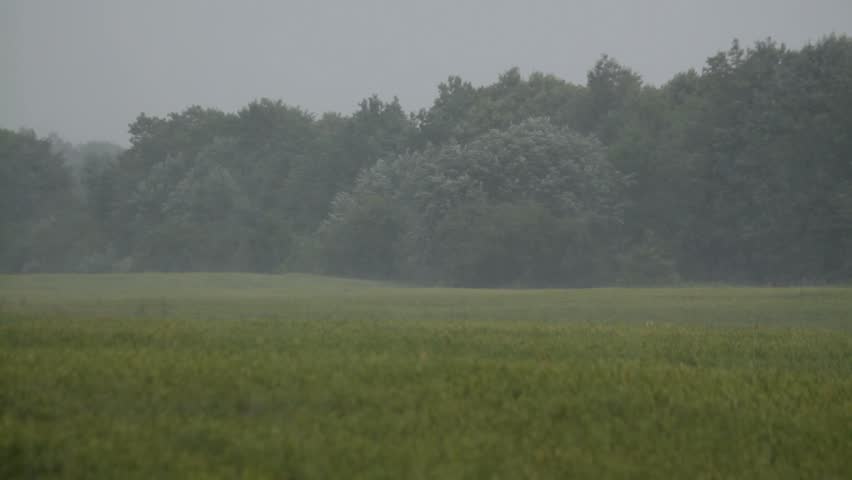
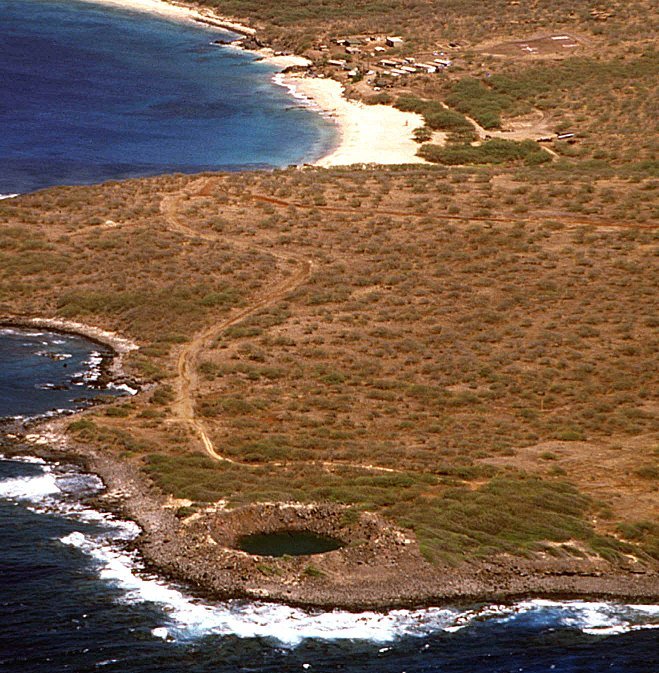
 RSS Feed
RSS Feed